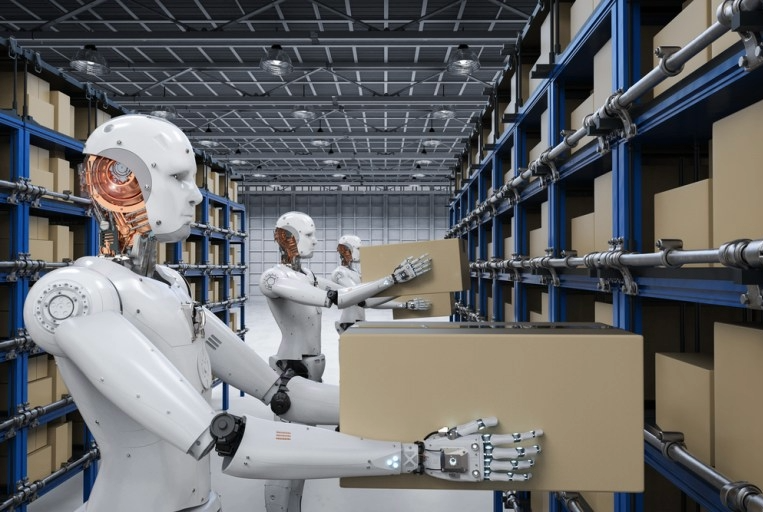Robots on the Rise: Should You Be Worried About Your Job?
In the dimly lit corners of old warehouses, workers once moved pallets and packages by hand, guided only by experience and sheer grit. Today, those same aisles are patrolled by intelligent robots, guided by precision software, scanning barcodes, optimizing shelf space, and even predicting inventory needs. This shift, driven by technological advancement, raises a pivotal question:
Is technology a job thief in disguise — or a silent partner evolving the face of warehouse and factory work?
The Fear Factor: Automation vs Human Labor
In recent years, automation has become the buzzword in logistics and manufacturing. A 2023 McKinsey report estimated that 45% of manufacturing tasks could be automated with current technology. Giants like Amazon, DHL, and Tesla have invested billions into robotics and AI — from warehouse drones to autonomous forklifts.
Understandably, this sparks fear: “Will machines replace us?”
The concern isn’t unfounded. The World Economic Forum once projected that by 2025, 85 million jobs could be displaced by automation globally. But here’s the catch — 97 million new roles could also be created, many of which are tech-enabled or hybrid.
What’s Actually Changing?
Rather than vanishing, jobs are evolving. Here's how:
- Warehouse Associates are becoming robot operators, supervising fleets of AGVs (Automated Guided Vehicles).
- Forklift drivers now handle smart dashboards and predictive systems.
- Factory floor technicians are learning PLC programming, sensor calibration, and remote diagnostics.
A 2024 Deloitte study revealed that 67% of logistics companies investing in automation also reported a net increase in workforce — especially in roles involving data analytics, machine maintenance, and safety supervision.
Soft Skills & Upskilling: The Winning Edge
Here’s the secret sauce: adaptability.
The demand is shifting toward workers who can blend physical work with digital fluency. Skills like:
- Inventory software management (e.g., WMS)
- IoT sensor interpretation
- Human-machine collaboration
- Cyber-physical system troubleshooting
Training programs like Amazon’s Mechatronics and Robotics Apprenticeship are already helping traditional workers transition into high-demand roles — without leaving the warehouse floor.
Who’s at Risk — and Who’s in Demand?
Let’s break it down:
Role Type Risk of Automation New Demand Potential Manual pickers/packers High ↓ Maintenance technicians Low ↑↑ Process improvement analysts Very low ↑↑ Robotics technicians None ↑↑↑ Line supervisors with tech skills Very low ↑↑
The biggest threat is to roles that remain static. But for those who embrace change? The factory floor becomes a stepping stone to a high-tech career.
Conclusion: Reinvention, Not Replacement
Technology doesn’t kill jobs — it transforms them. The real threat isn’t the robot, but the reluctance to evolve.
As warehouse and factory ecosystems become more digitized, those who learn, adapt, and collaborate with machines will thrive.
At Tales of Logistics, we dive deep into the changing face of supply chains, transportation, and trade — and the humans behind it all. If this topic resonates with you, or you're navigating this shift yourself, explore more on:
🎙️ https://talesoflogistics.com — where voices from the frontlines share insights, tools, and real-world stories in an ever-evolving industry.
